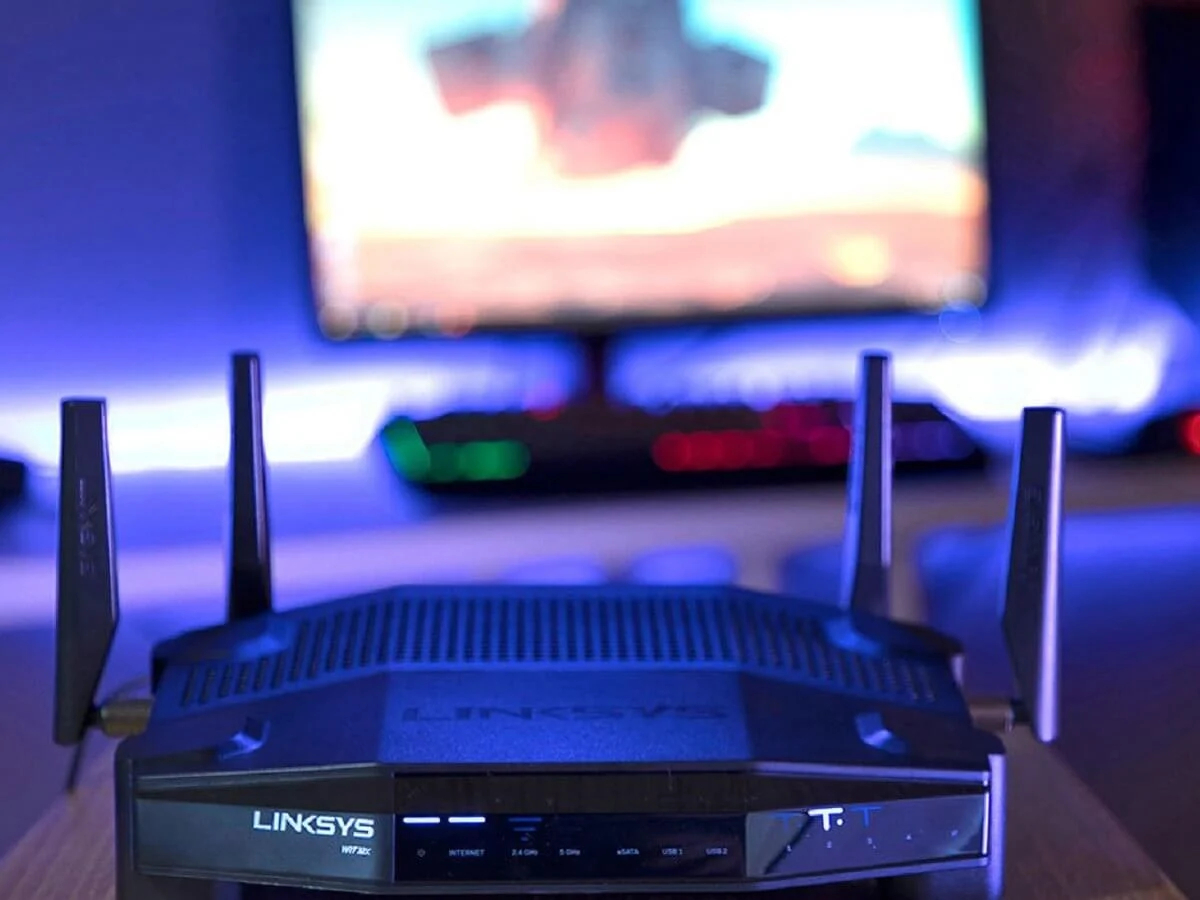
Welcome to our guide on how to make your Linksys wireless network secure. With the increasing reliance on wireless connectivity, it’s essential to ensure that your network is protected from potential threats and unauthorized access. Linksys routers are known for their reliability and performance, but without proper security measures, your network could be vulnerable to attacks.
In this article, we will walk you through the steps to secure your Linksys wireless network, enabling you to enjoy a safe and private connection. From changing your default login credentials to setting up a strong encryption protocol, we will cover all the essential aspects of network security.
Whether you are a home user or a small business owner, taking the time to implement these security measures will provide you with peace of mind and protect your sensitive information. So, let’s dive in and learn how to make your Linksys wireless network secure.
Inside This Article
Steps to Make Linksys Wireless Network Secure
Making sure your Linksys wireless network is secure is essential to protect your personal information and keep unwanted users from accessing your network. Follow these simple steps to ensure the security of your Linksys wireless network:
- Change the default router password:
- Enable network encryption:
- Update router firmware:
- Disable remote management:
The first step to securing your Linksys wireless network is to change the default password that comes with your router. Leaving the default password unchanged makes it easier for hackers to gain access to your network. Choose a strong, unique password that includes a combination of letters, numbers, and special characters.
Network encryption is crucial for securing your wireless network and preventing unauthorized users from intercepting your data. Linksys routers offer various encryption options, such as WPA2, which is currently the most secure encryption method available. Enable network encryption in your router settings and choose a strong encryption key.
Keeping your router firmware up to date is essential for maintaining the security of your Linksys wireless network. Firmware updates often include patches for security vulnerabilities and other improvements. Check the Linksys website regularly for firmware updates specific to your router model and follow the instructions provided to update the firmware.
By default, Linksys routers allow remote management, which means you can access your router’s settings from anywhere on the internet. However, this leaves your network vulnerable to external attacks. It is recommended to disable remote management unless you have a specific need for it. In your router settings, look for the remote management option and disable it to enhance the security of your network.
By following these steps, you can significantly improve the security of your Linksys wireless network and ensure the protection of your personal information. Remember to periodically check for firmware updates and adjust your network settings as needed to stay one step ahead of potential threats.
Conclusion
Securing your Linksys wireless network is crucial in today’s digital age. By following the steps outlined in this article, you can protect your network from unauthorized access and potential security breaches. Remember to change the default credentials, enable encryption, and regularly update your router’s firmware. Additionally, creating a strong and unique password and enabling MAC address filtering will add an extra layer of security. It’s also important to disable remote management and regularly monitor your network for any suspicious activity. By implementing these measures, you can enjoy a safe and secure wireless network, giving you peace of mind and protecting your sensitive information and devices from potential threats.
FAQs
1. Why is it important to secure my Linksys wireless network?
Securing your Linksys wireless network is essential to protect your personal information, prevent unauthorized access to your network, and ensure the privacy and security of your internet connection. Without proper security measures, your network could be vulnerable to hackers, malware attacks, and unauthorized usage.
2. How can I change the default password for my Linksys router?
To change the default password for your Linksys router, you can login to the router’s web-based setup page by typing the router’s IP address into your browser’s address bar. Once logged in, navigate to the administration settings and locate the password or security section. From here, you can change the password to a strong and unique one of your choosing.
3. What are some recommended wireless security settings for Linksys routers?
To enhance the security of your Linksys wireless network, make sure to enable WPA2 (Wi-Fi Protected Access 2) encryption, choose a strong and unique network name (SSID), disable remote administration, and regularly update the firmware of your router. Additionally, enabling MAC address filtering and turning off SSID broadcast can provide an extra layer of security.
4. Can I set up a guest network on my Linksys router?
Yes, most Linksys routers offer the option to set up a guest network. This allows you to provide internet access to visitors without giving them access to your main network, keeping your personal devices and data secure. You can typically enable the guest network feature through the router’s web-based setup page, under the wireless settings.
5. How can I check if someone is using my Linksys wireless network without permission?
To check for unauthorized users on your Linksys wireless network, you can access the router’s administration settings and review the connected devices list. This will typically show you all the devices currently connected to your network, allowing you to identify any unknown or suspicious devices. If you notice any unauthorized connections, you can change your network password and enable additional security measures to prevent future unauthorized access.
